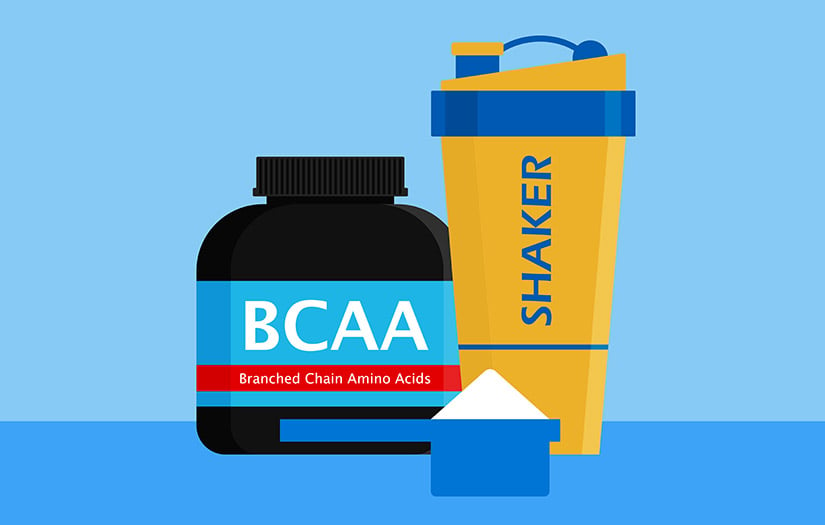
Branched-chain amino acids (BCAAs) have been a popular supplement for decades. It is estimated that the BCAA market supplement size is between $200 and $500 million, making it one of the most sold supplements in the world. These supplements are often marketed as muscle-building supplements and as good tools for weight loss or for sparing lean muscle mass for individuals who train in a fasted state.
There has been an immense amount of research over the last few decades on these supplements and there is good evidence as to whether people should take them, and who, if anyone, might benefit.
WHAT ARE BCAAS?
The best place to start when discussing what BCAAs are in a discussion of amino acids. Amino acids are molecules that contain three key components: an amino group, a carboxyl group, and a side chain.
These side chains are what make each amino acid unique and give it different physical properties (such as having a polar charge or being acidic) and different physiological properties (such as causing muscle protein synthesis or being gluconeogenic).
Branched-chain amino acids have a specific type of side chain. They have side chains that show a branched structure, whereas other amino acids do not have these branched side chains. This unique side chain makes these amino acids fall in their own unique category.
There are three of these BCAAs: leucine, isoleucine, and valine. Each of which has well-established and well-known effects within the human body.
WHAT ARE THE BENEFITS (ARE THEY GOOD FOR YOU?)
While the three BCAAs have similar structure and some overlapping functions, they do each have different roles in the human body.
LEUCINE
Leucine may be the most well-known of the three BCAAs as one of its primary roles in the human body is to help facilitate muscle growth at the molecular level. When consumed in sufficient quantities (~3 grams) leucine turns on molecular signals in muscle tissue that causes muscle protein synthesis. Specifically, it activates the mTOR and S6K pathways.
Leucine has also been shown to cause the release of insulin from the pancreas. This can help reduce muscle protein breakdown as well as help increase glycogen storage. The combination of increasing muscle protein synthesis and eliciting an insulin response means that consuming enough leucine after exercise can help with recovery from exercise.

